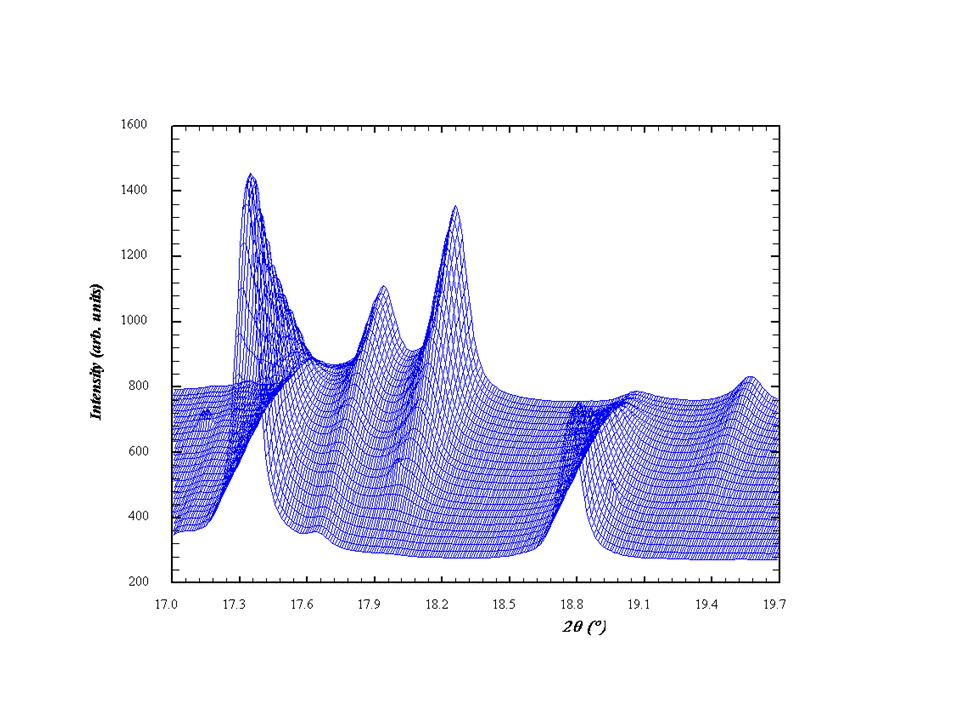| Search for content and authors |
Time resolved in situ studies of Li-ion batteries |
| Torbjörn Gustafsson 1, Maria J. Aragón Algarra 2 |
|
1. Uppsala University, Department of Materials Chemistry, Angstrom Laboratory, Uppsala, Sweden |
| Abstract | ||
|
Laptop computers and mobile phones are today powered by rechargeable Li-ion batteries. In order to reach new applications like power tools, hybrid vehicles and load levelling systems for the electrical grid, new electrode materials are developed for these batteries. A number of properties like specific energy and power, cycle-ability, safety, cost and environmental friendliness are essential to optimise. X-ray diffraction plays an important role in this work. Identification of main phases and impurities during synthesis development and rationalisation of electrochemical properties in terms of structural properties are but two examples of this. In situ diffraction on electrochemical cells is commonly used to follow the phase evolution during lithiation and delithiation of electrode materials for Li-ion batteries. Different designs of electrochemical in situ cells are used today, all with their own merits. It should be noted, however, that for studies of electrochemical systems far from equilibrium conditions, e.g. during fast charge or discharge, the in situ cell should mimic the “real battery” as well as possible, if the results from the in situ studies should be applied in the design of “real batteries”. Electrode composition, layer thicknesses, diffusion paths and packing materials are essential parameters for the non-equilibrium behavior of an electrochemical cell.
LiFePO4 is a most promising candidate for the cathode material in future hybrid vehicle batteries. We have studied the non-equilibrium of this material in an in situ set up based on “coffee bag” cells at the beam line I911-5 at MAXlab in Lund, Sweden. The material was charged and discharged in less than ten minutes with 90% capacity retention in potential step experiments, without any deterioration of the diffraction pattern. Results from other materials studied with the same in situ set up will also be presented. 
Fig1.Evoltion of the diffraction pattern from a LiFePO4 electrode during fast discharge. | ||
| Legal notice |
|
| Related papers |
Presentation: Oral at 11th European Powder Diffraction Conference, Microsymposium 10, by Torbjörn GustafssonSee On-line Journal of 11th European Powder Diffraction Conference Submitted: 2008-05-02 09:57 Revised: 2009-06-07 00:48 |